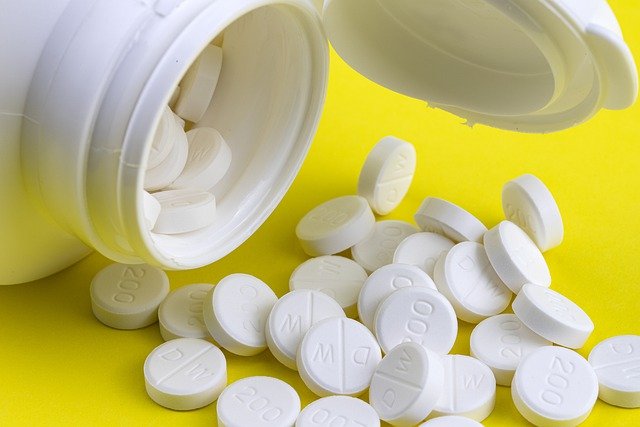India enjoys an important position in the global pharmaceuticals sector and is on a good growth path. The Pharmaceutical Industry Growth in India has been growing at a compounded annual growth rate (CAGR) of more than 15% over the last five years and this is expected to grow largely in the coming years. This is due to the initiatives taken by the government to improve domestic access to medicine and a solid export market. But in times of a global health catastrophe and hard-hitting economic crisis, it is crucial that countries including India become self-reliant.
The current state of the pharmaceutical sector in India
The Indian pharmaceutical industry has witnessed tremendous growth over the past few years. From being almost non-existent in 1970, today, India supplies over 50% of global demand for various vaccines. India has also grown as the pharmacy of the world. In fact, 30 % of UNICEF’s annual supply globally and about 60 – 80 % of UN purchases of drugs come from India. India also contributes approximately 57% of APIs and 69% Finished Pharma Products (FPP) to the Pre-Qualified list of WHO. The Indian pharma industry contributes nearly 40% of generic drugs requirement in the US and 25% in the UK. Currently, India ranks 3rd globally in the pharma sector in terms of volume and 10th in terms of value.
Government initiatives to encourage the growth of the pharmaceutical industry in India
- The Government of India spends 1.6% of its GDP on healthcare in FY20- leaving much room for growth
- India plans to set up a $1.3 billion fund to encourage companies to manufacture pharma ingredients domestically by 2023.
- The Government of India is planning to set up an electronic platform to regulate online pharmacies under a new policy to stop any misuse due to easy availability.
- The government of India unveiled ‘Pharma Vision 2020’ to make India a global leader in end-to-end drug manufacture. Approval time for new facilities has been reduced to boost investment
- The government of India has offered Rs 6,940 crore (US$ 942.8 million) production linked incentives between 5–20% for incremental sales and plans to set up three mega drug parks to drive sustainable cost competitiveness.
- On top of these policies, the government has also cut the corporate tax to 17% to boost investment and transform India into a “manufacturing hub”. Also, the free flow of goods in and out of the country, simplified customs procedures, a major upgrade of port infrastructure supports the government policies to encourage new setups in India.
Major players in the Indian Pharmaceutical industry
- Johnson & Johnson
- Cadila healthcare limited
- Eli lilly and company
- Pfizer Inc
- Cipla Limited
- Aurobindo Pharma Limited
- Piramal Enterprises Limited
- Torrent Pharmaceuticals Limited
Thus, government initiatives, a rise in public healthcare spending coupled with rising patient awareness, and expanding insurance coverage across the income pyramid are sure to contribute to the growth of the Indian pharmaceutical industry. Moreover, India has a large pool of scientists and engineers with the potential to steer the pharma industry ahead to greater heights.
If you’re planning to move your manufacturing plant from China to India or decided to set up a manufacturing unit in India, as a reliable outsourcing company, Insourcing can make the process a whole lot easier. We can support you by doing a market assessment study and evaluation of possible collaborations and entry strategy. We also perform a detailed SWOT analysis of potential incentives and benefits that could influence decisions and engage with government and stakeholders to determine feasibility. Thus, with Isourcing, you can effectively minimize the risks and reduce the overall costs involved in setting up the manufacturing unit in India.
Also Read: Manufacturing Plant in India VS China

